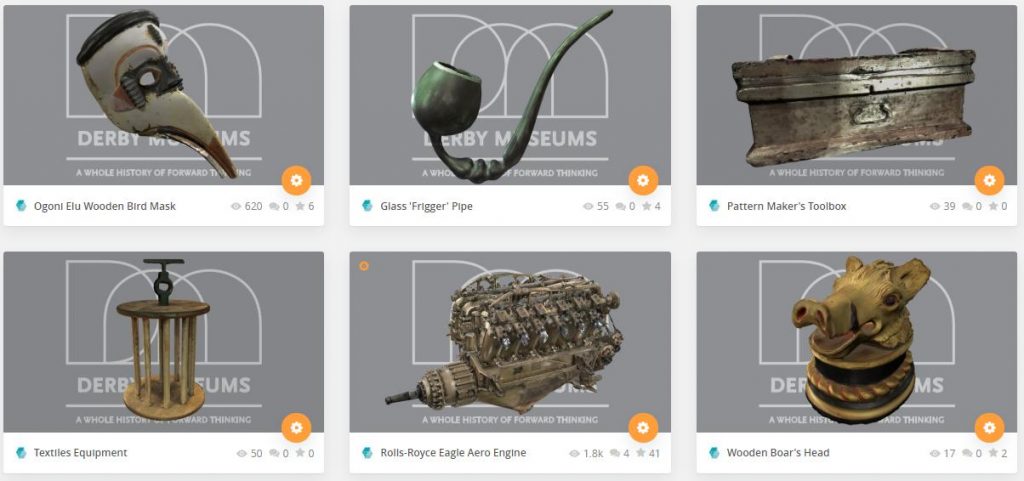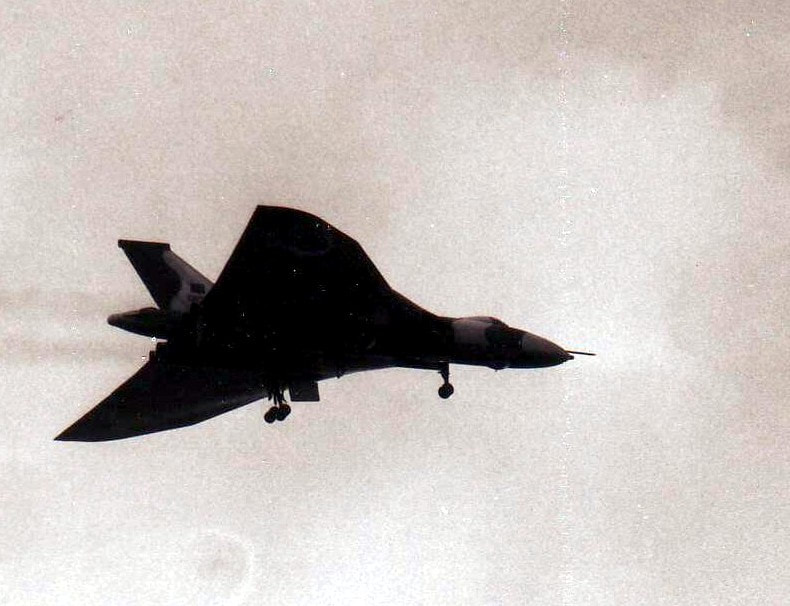Post by Joseph Hubbard-Bailey (2016 Cohort)
The VRtefVRacts project provides museum and gallery visitors with the opportunity to hold and explore exhibit objects which they would otherwise just look at behind a literal or figurative red rope. Throughout the day, visitors from around the museum were invited to come and put on a VR headset, interact with some 3D-printed VR-augmented models of artefacts, and share their own story or commentary about the objects as they handled them. They then moved into another room for a short interview about the experience, allowing for the next participant to get started with the VR. While previous outreach events I’ve done have felt engaging and productive, none have been as interactive as this VRtefacts trial; others mostly involved having conversations across tables, and the distance and dynamic between researcher and participant felt similar to a campus-based study scenario. Due to the nature of this event, with participants engaging physically and narratively during the session, members of the public seemed much more a part of what was going on, as opposed to passive spectators.

For the visitors who chose to participate in the VRtefacts project, the experience served as both a novel sort of ‘exhibit’ in itself and a novel way to access preexisting materials in the museum’s collection. The latter seemed of particular value in the case of visitors who lived locally and so visited the museum often, offering an unexpected new level of access to familiar objects. The opportunity to contribute or “donate” a story as part of the VRtefacts experience may also have been particularly appealing to those who visit regularly and were keen to ‘give back’ to the museum. Several visitors did fall into this category of ‘regulars’, but there were also plenty of people who were passing through and popped in to pass the time. Visitors across both of these groups commented about how the decision to work with VRtefacts reflected well on Derby Museum, showing its openness to new ideas and resistance to stagnate. For those who were visiting the museum in groups, engaging with the VRtefacts exhibit seemed to provide a great source of interest and conversation, as they emerged and compared experiences. The fact that the corresponding artefacts themselves were available in the museum’s collection also meant that there was a comfortable transition back into the rest of the exhibit, as people could go and find the ‘real thing’ they had just encountered virtually.
Before I left the museum for the day, I sat down on the duct-taped-still chair and had my hairdo sabotaged by the VR headset so that I could have a go at the VRtefacts experience myself. I chose and inspected a small intricate model of a giant jet engine, turning it over and fumbling around the prickly detail of the gaskets while I tried to think of something clever to say for the camera. It reminded me of a frighteningly massive aircraft housed at the RAF Museum in Hendon, where I’d been for relentless school trips as a child due to its proximity to school grounds. I remember cowering through the awful hangar where the scary plane’s wings were so expansive that you had no option but to walk underneath them if you wanted to get out. While this wasn’t a pleasant experience, I think the physicality of being below the Vulcan — which I now know was not just a war plane, but a strategic nuclear bomber — came to mind during VRtefacts because it was a similar example of the power of perspective.

When an object is in a glass case or on a screen or behind a rope, I think we often instinctively revert to what I can only describe as a ‘flat’ perspective on it. We might press our noses to the glass as children to try and get a closer look, but the glass fogs up and we get told off, so eventually our curiosity wanes and we take a respectful cursory look instead. What this tired perspective gives us is often limited to two-dimensional factual information about the object of interest, without the weight and contour and color of the object’s life. I’m very glad I decided to have a go with the VRtefacts pilot myself before I left the event, because it made me aware of how cowering under the expanse of the Vulcan’s wings taught me more about the gravity of war than any of my history lessons had. There is a narrative power in an artefact’s physicality which cannot be accessed by simply looking at it — the VRtefacts project has the potential to provide that physicality in a way that protects the original object, which needn’t even be on the same continent as it’s VR counterpart.
Beyond the benefit this technology could offer in enhancing the habitual gallery-goer’s usual experience, there is also potential benefit to those who aren’t so familiar and comfortable with these venues. Having come from a family who didn’t really go to museums or galleries, I still feel quite awkward and out of place in these spaces at times. I don’t think it’s much of a leap to suggest that projects like VRtefacts — which offer more diverse ways of accessing meaning in historical and art objects — have the potential to make galleries and museums not only more engaging for visitors, but more accessible to a diverse range of visitors.
Thanks to Jocelyn Spence and the rest of the VRtefacts team for letting me join in for the day!
VRtefacts is a pilot project developed within the European Union’s Horizon 2020 research and innovation programme under grant agreement No 727040, GIFT: Meaningful Personalization of Hybrid Virtual Museum Experiences Through Gifting and Appropriation.
–originally posted on Joe’s blog





